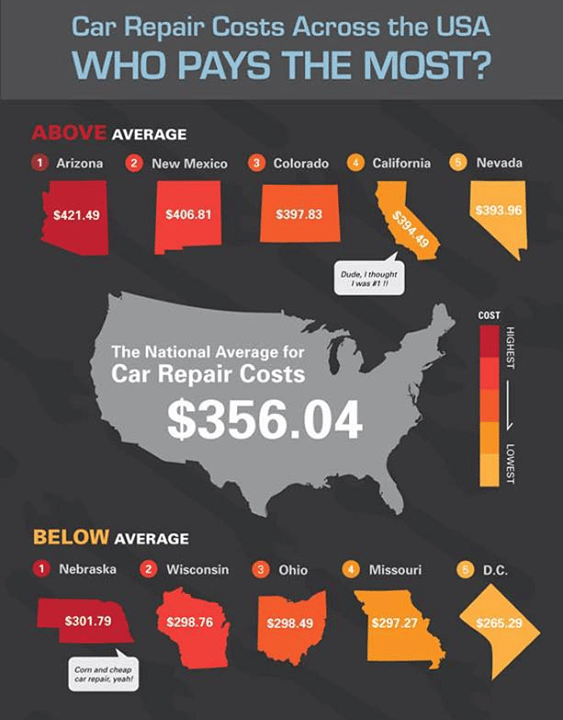Understanding Your Automobile'S Warning Lighting: What Do They Truly Mean?
Understanding Your Automobile'S Warning Lighting: What Do They Truly Mean?
Blog Article
Web Content Author-Sykes Gilbert
When you lag the wheel, those radiant warning lights on your dashboard can be a bit puzzling. Do you know what they're attempting to inform you about your vehicle's health? Understanding wax detailing of these lights is vital for your safety and security and the long life of your automobile. So, the next time one of those lights pops up, would not you wish to decode its message accurately and take the required steps to resolve it?
Common Caution Lighting and Interpretations
Determine typical warning lights in your cars and truck and recognize their significances to guarantee safe driving.
One of the most typical warning lights consist of the check engine light, which signifies issues with the engine or discharges system. If this light begins, it's important to have your car examined quickly.
The oil stress advising light shows low oil stress, requiring prompt focus to stop engine damage.
A flashing battery light could suggest a defective billing system, possibly leaving you stranded if not attended to.
The tire stress monitoring system (TPMS) light alerts you to low tire stress, influencing automobile stability and gas efficiency. Ignoring this can result in dangerous driving problems.
The ABS light indicates an issue with the anti-lock stopping system, jeopardizing your capability to quit promptly in emergency situations.
Lastly, the coolant temperature level cautioning light warns of engine getting too hot, which can cause serious damage otherwise dealt with swiftly.
Comprehending these usual warning lights will certainly help you deal with problems without delay and maintain secure driving conditions.
Value of Prompt Attention
Comprehending the common caution lights in your auto is only the very first step; the importance of without delay resolving these warnings can not be highlighted enough to guarantee your safety and security on the road.
When a caution light brightens on your control panel, it's your cars and truck's means of connecting a prospective issue that needs attention. Ignoring these warnings can bring about more extreme problems later on, endangering your security and potentially costing you a lot more out of commission.
Prompt focus to warning lights can prevent failures and crashes. For instance, a flashing check engine light can show a misfire that, if left neglected, could trigger damage to the catalytic converter. Resolving this promptly can conserve you from an expensive repair service.
In a similar way, a brake system warning light might indicate low brake liquid or used brake pads, critical parts for your safety and security when driving.
DIY Troubleshooting Tips
If you observe a caution light on your control panel, there are a few DIY troubleshooting tips you can attempt prior to looking for professional help.
The initial step is to consult your auto's manual to understand what the certain warning light indicates. In some cases the problem can be as easy as a loosened gas cap activating the check engine light. Tightening check out this site might settle the issue.
An additional usual problem is a low battery, which can cause numerous warning lights. Examining the battery connections for deterioration and ensuring they're secure may repair the issue.
If a caution light persists, you can attempt resetting it by separating the car's battery for a few minutes and afterwards reconnecting it. In addition, inspecting your car's liquid levels, such as oil, coolant, and brake fluid, can assist troubleshoot cautioning lights related to these systems.
Verdict
Finally, recognizing your car's warning lights is vital for maintaining your vehicle running efficiently and safely. By immediately addressing these informs and knowing what they indicate, you can avoid pricey repair services and possible break downs.
Remember to consult your vehicle's handbook for certain information on each warning light and take action appropriately to make sure a hassle-free driving experience.
Keep educated, stay safe when traveling!
